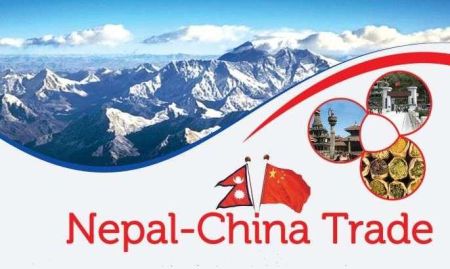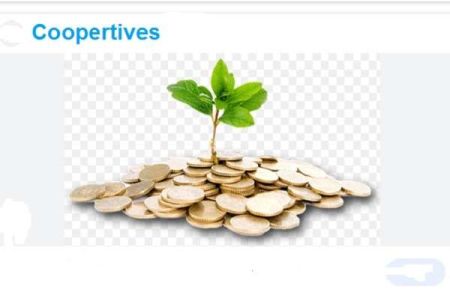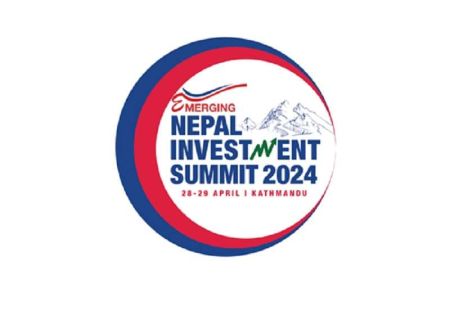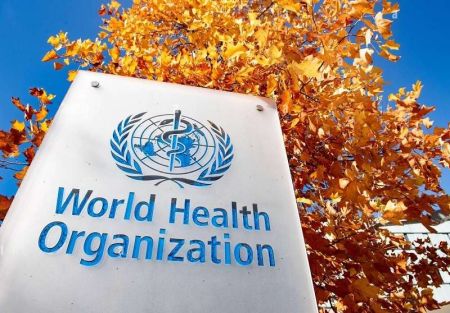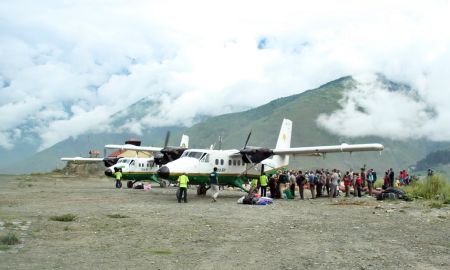The Nepali economy has not been doing well for the past many years. According to Nepal Rastra Bank (NRB), the country’s economic growth rate has remained sluggish for the past many years, mainly because of the decade-long conflict and political instability. In the period from FY 2001/02 to 2011/12, Nepal’s GDP growth rate has crossed the five percent mark only once (in FY 2007/08 when the growth rate was 6.10 per cent), according to the Central Department of Statistics. However, Nepal’s highest GDP growth rate so far was recorded in FY 1994/95, a year before the Maoist insurgency started in Nepal. Almost all economists and development experts agree that Nepal’s economic performance will not improve unless there is political stability.
We find that the economic growth rate increases when the agricultural growth rate is high (agriculture contributes to more than one-third of Nepal’s GDP). However, the growth in agriculture is dependent on monsoon rains; it is high when the country receives a good rainfall and low when the rainfall is low. The projected economic growth rate for the current fiscal year 2012/13 has already been revised twice – first from 5 per cent to 4.1 and then to 3.5 most recently. This means Nepal will have to double its current economic growth rate if it is to achieve a healthy growth rate of 7 per cent. That is clearly a tall order.
However, is that an impossible target for Nepal? Or can the country really achieve this target? If it can, how and through what measures? We asked these questions to a number of economists and development experts. Their responses are given below:
‘Focus on agriculture and industrialisation’
‘Political stability is a must’
‘Seven percent growth rate possible’
‘Need for political consensus on fundamental issues of development’
‘Nepal has the potential to achieve 7% growth rate’
‘Focus on tourism, productivity and exports’
Economic Prospects
The economic outlook for Nepal hinges on how political uncertainties are resolved, the weather, and remittance inflows. Investor confidence is depressed by concerns over the political transition, now in its fifth year, following the dissolution in May 2012 of the Constituent Assembly, which failed to agree on a constitution. Recently, the political parties agreed to form a caretaker government led by the Chief Justice, which is expected to hold a Constituent Assembly election by 21 June 2013.
In view of the unfavorable monsoon, the shortage of fertilizers during the peak paddy planting season, low business confidence, the lack of a parliamentary-approved full budget, and subdued growth in India, GDP is projected to slow to 3.5% in FY2013. Production of paddy is projected to fall by 11.3%, maize by 8%, and millet by 2%. The lack of a full budget is causing funding shortages for ongoing development activities. While the industry sector performance is expected to remain weak, services growth is expected to continue to grow at around 5.4%. With a favorable monsoon, adequate fertilizer supplies, the timely adoption of a budget, and moderate expansion of remittances, GDP growth would rebound to 4.2% in FY2014.

(Source: Asian Development Outlook 2013)








